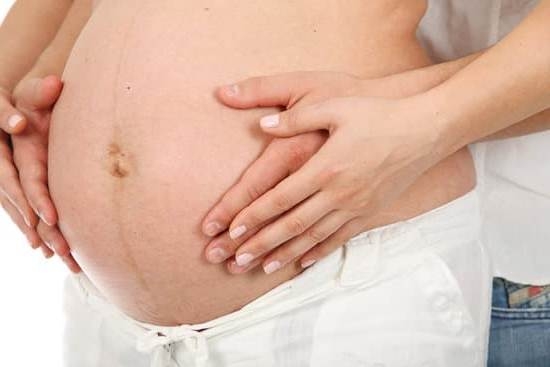Montgomery Tubercles Early Pregnancy
Many women are unaware of the small bumps or ‘Montgomery Tubercles’ around the areolas when they enter early pregnancy. These tubercles occur when the sebaceous glands of the nipple begin to secrete portions of the early colostrum that is present during pregnancy.
What do Montgomery Tubercles Look Like?
Montgomery Tubercles are raised bumps that are found on the areola region of the breasts. They can vary in size, color, and can appear on one nipple or both. These bumps are often pale or yellow in color and may be slightly itchy.
When do Montgomery Tubercles Appear During Pregnancy?
Montgomery Tubercles can appear as early as the first trimester of pregnancy and are considered to be a normal occurrence of pregnancy. Early on, they may appear to be hard or firm. As pregnancy progresses, they may become more prominent and softer as a result of the sebaceous glands secreting early colostrum.
Are Montgomery Tubercles a Symptom of Pregnancy?
While Montgomery Tubercles may be a sign of pregnancy, they are not considered to be a reliable way to diagnose a pregnancy. Not all women will experience Montgomery Tubercles during pregnancy and those that do may not experience them until the second or third trimester. It is important to note that some women may experience Montgomery Tubercles before pregnancy, due to increased hormone levels in the body.
What are the Benefits of Montgomery Tubercles?
- Protection: Montgomery tubercles serve to lubricate and protect the nipples from drying out and cracking.
- Enhanced Sensitivity: The Montgomery tubercles are connected with nerve endings that give the breasts greater sensitivity and can help the baby latch on for breastfeeding.
- Nipple Health and Hygiene: The Montgomery tubercles also secrete oils and sweat that maintain the nipples hygienic and healthy.
Conclusion
Montgomery Tubercles are a common, normal occurrence in early pregnancy. While they are not considered a reliable way to diagnose pregnancy, they can be a useful sign that a woman may be pregnant. These bumps may be itchy, uncomfortable, or a source of embarrassment, but they serve important functions. They protect and lubricate the nipples, maintain their health and hygiene, as well as increasing their sensitivity, which helps the baby latch during breastfeeding.

Welcome to my fertility blog. This is a space where I will be sharing my experiences as I navigate through the world of fertility treatments, as well as provide information and resources about fertility and pregnancy.





